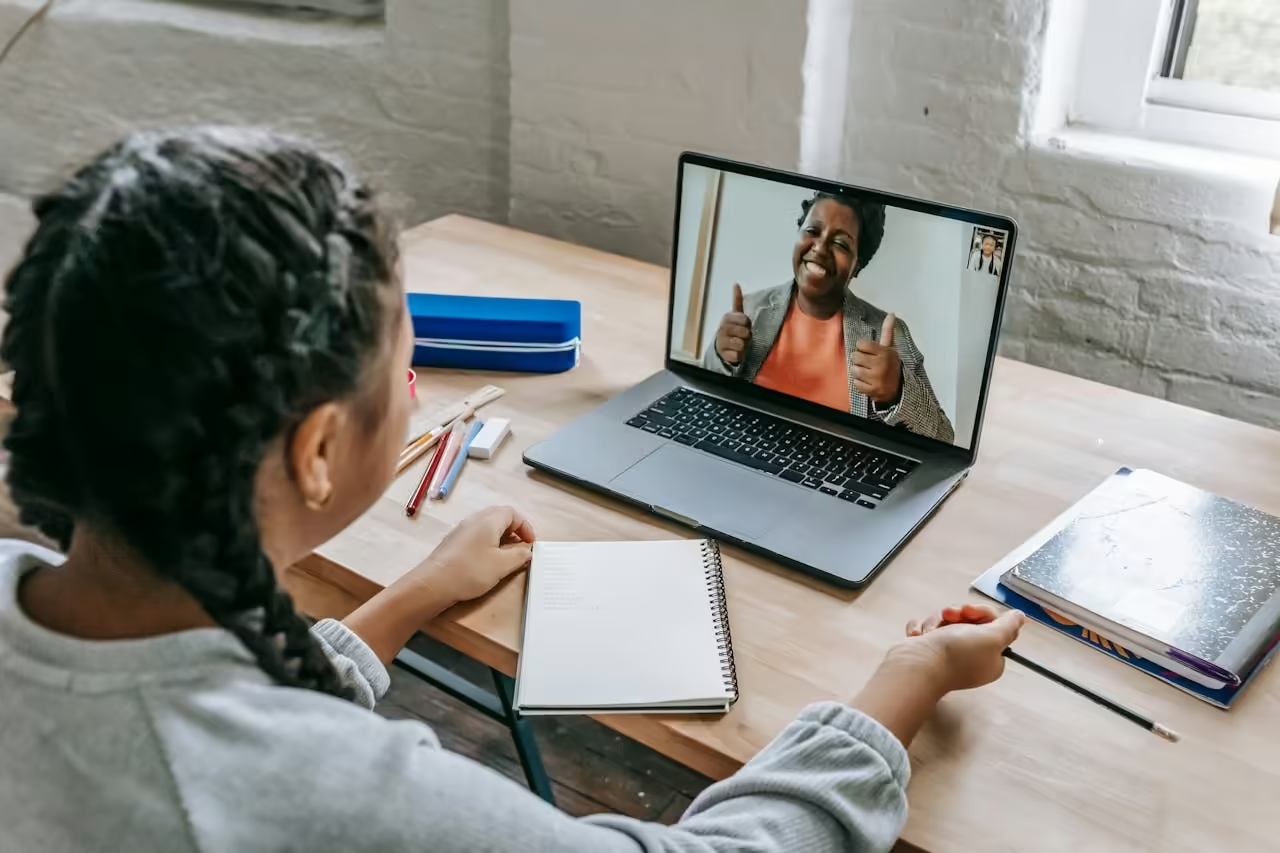In the past, many everyday services and products required us to open our wallets. However, with the rise of digital technology and changing business models, we now have access to numerous free alternatives. These changes have not only saved us money but have also made various aspects of our lives more convenient and accessible. Let’s take a look at ten things we used to pay for but no longer have to.
Long-Distance Phone Calls

Remember when making a call to someone in another country would result in a hefty phone bill? Those days are gone. Services like Skype, WhatsApp, and Zoom allow us to connect with loved ones anywhere in the world for free. With just an internet connection, we can make unlimited long-distance calls without worrying about the cost. This has been a game-changer for both personal and business communications, making it easier and more affordable to stay connected across distances.
Map and Navigation Services

Gone are the days of buying paper maps or dedicated GPS devices. Apps like Google Maps and Waze provide turn-by-turn navigation, real-time traffic updates, and points of interest – all for free. These apps have become essential for drivers, travelers, and even those exploring their own city. They offer features like street view and offline maps, which were once premium services. This accessibility has made travel safer and more efficient for everyone.
Music

Once, buying CDs or downloading songs from platforms like iTunes was the norm. Now, free music streaming services like Spotify (with ads), YouTube, and SoundCloud let us listen to almost any song we want, whenever we want. We can discover new artists and enjoy our favorite tracks without spending a dime. Playlists and algorithms personalize our music experience, introducing us to genres and songs we might never have found otherwise.
Encyclopedias and Information

Instead of investing in bulky and expensive encyclopedia sets, we now have access to Wikipedia and other online resources. These platforms provide vast amounts of information on virtually any topic, available for free and constantly updated by a global community of contributors. This democratization of knowledge has empowered people around the world, providing educational resources to those who might not have had access before.
Basic Software

Many essential software tools that once required a purchase are now available for free. Google Docs offers a full suite of office tools, GIMP provides powerful photo editing capabilities, and Avast delivers robust antivirus protection. These free alternatives often match or exceed the functionality of their paid counterparts. They have become vital for students, professionals, and everyday users who need reliable software without the cost.
Newspapers and Magazines

While premium content still exists behind paywalls, much of the news and magazine content we used to subscribe to is now accessible for free online. Websites like CNN, BBC, and various blogs offer a wealth of information without requiring a subscription, keeping us informed on current events. Social media platforms also play a significant role in news dissemination, although it’s crucial to verify sources to avoid misinformation.
Photo Developing and Printing

The shift from film to digital photography means we no longer need to pay for developing and printing photos. We can store, edit, and share digital photos instantly and for free on platforms like Instagram, Facebook, and Google Photos, saving both time and money. Photo editing apps available on smartphones provide advanced editing tools, making it easy for anyone to enhance their photos professionally.
TV Shows and Movies

Instead of renting DVDs or subscribing to cable, many people now turn to free streaming services. Platforms like YouTube, Tubi, and Crackle offer a wide range of TV shows and movies at no cost, providing entertainment on demand without the need for expensive subscriptions. While ads support these free services, the variety and convenience they offer make them a popular choice for viewers.
Public Domain Books

Classic literature and older books that have entered the public domain are available for free download. Websites like Project Gutenberg offer thousands of free eBooks, allowing us to enjoy timeless works by authors like Shakespeare, Dickens, and Austen without spending a cent. These resources support educational and recreational reading, making classic literature accessible to a wider audience.
Online Courses and Learning Resources

The internet has revolutionized education by making high-quality learning resources accessible to everyone. Khan Academy, Coursera, and edX provide free courses on a variety of subjects, from elementary math to advanced programming, enabling lifelong learning without financial barriers. These platforms offer certificates and specializations, often for a fee, but the course materials themselves are freely available, making education more inclusive and equitable.
The shift towards free services and products has transformed our lives in countless ways. We now have access to tools, information, and entertainment that once came with a price tag, all at no cost. These changes not only save us money but also enhance our everyday experiences, making essential resources more accessible to everyone. As technology continues to evolve, we can expect even more innovations that will further improve our lives without breaking the bank.







